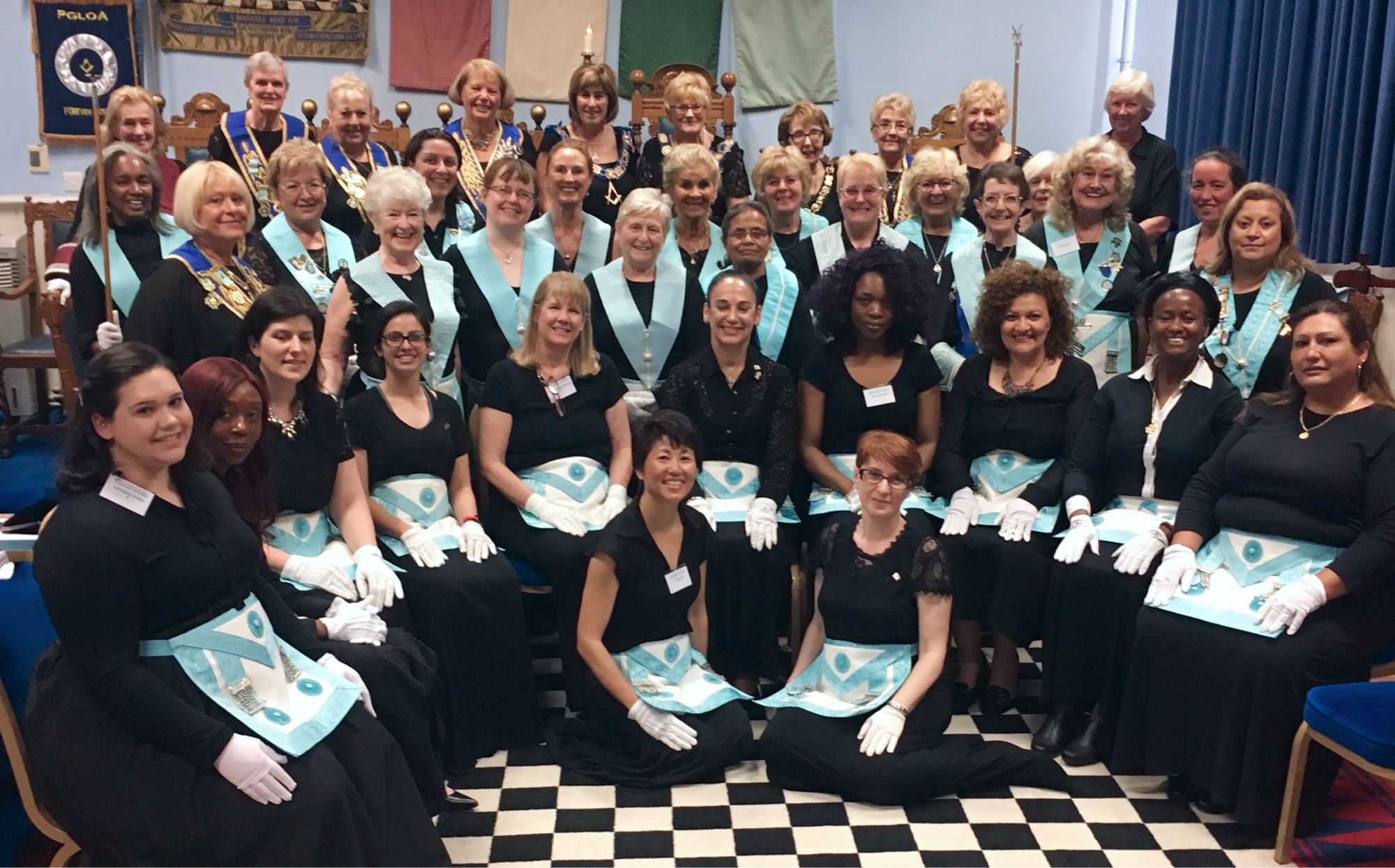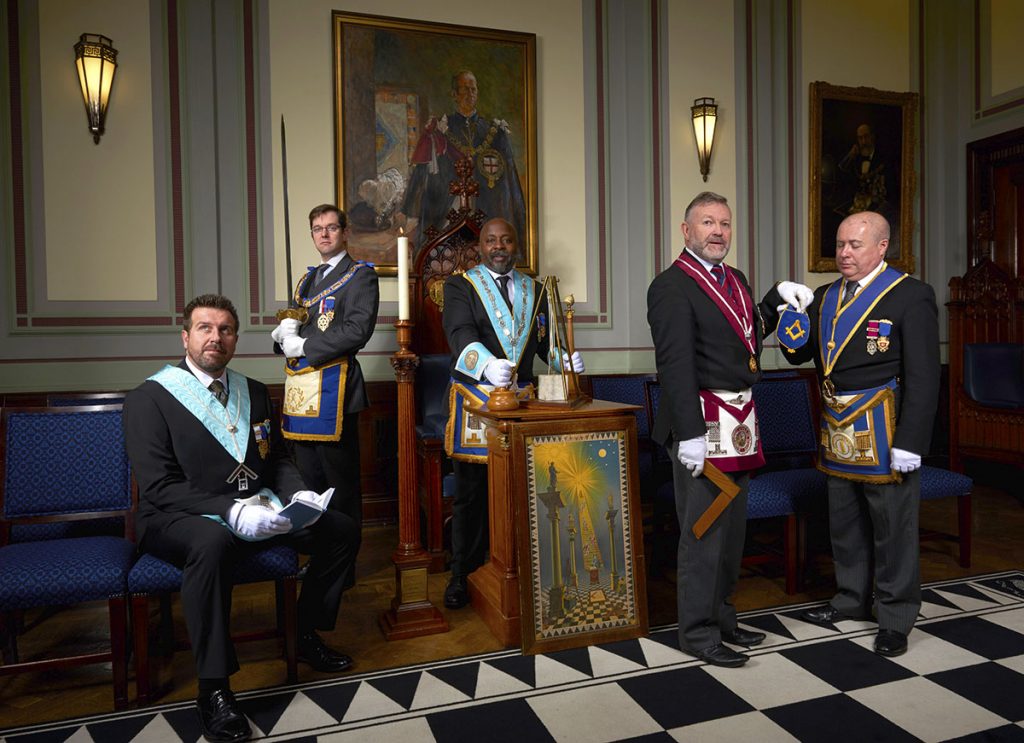Complete Manual on How to Become a Freemason for Starters
Complete Manual on How to Become a Freemason for Starters
Blog Article
Exploring the Mysteries of the copyright: What You Need to Know
The copyright, a term typically shrouded in intrigue and controversy, stands for a complex tapestry of historical reality and modern myth. Established in the late 18th century, this secret society was at first rooted in the Knowledge's ideals but has considering that come to be identified with conspiracy concepts regarding elite control.
Beginnings of the copyright
The beginnings of the copyright are soaked in a mix of historical intrigue and ideological fervor. Developed in 1776 in Ingolstadt, Bavaria, by Adam Weishaupt, the group was initially created as a secret culture focused on advertising Knowledge ideals such as reason, secularism, and the separation of church and state. join freemason. Weishaupt, a professor of canon legislation, sought to challenge the dominating authority of the church and state, which he deemed oppressive institutions stifling intellectual and personal freedom
The copyright sought to recruit significant participants from different societal fields, including politics, academia, and the arts, to promote a network committed to these Enlightenment concepts. The society run under a shroud of secrecy, employing coded language and routines to shield its participants from oppression, specifically given the repressive environment of the moment. Nonetheless, the copyright faced considerable resistance from both governmental authorities and religious institutions, which checked out the team as a danger to their power.
Trick Figures and Members
Who were the critical numbers that shaped the copyright's early impact and instructions? The Bavarian copyright, established in 1776 by Adam Weishaupt, emerged as a feedback to the overbearing societal frameworks of the time.
One more significant number was Johann Gottlieb Fichte, a popular thinker whose concepts on nationalism and education and learning reverberated with the copyright's goals. Although Fichte was not an official member, his philosophical underpinnings affected the group's ideology. Furthermore, numbers like the writer and theorist Johann Wolfgang von Goethe were connected with the more comprehensive intellectual movements of the moment, although their direct participation with the copyright continues to be discussed.
These crucial numbers added to the copyright's very early direction, pushing the borders of political and social thought, while their collective initiatives intended to challenge well-known norms and foster an environment of progressive adjustment in Europe. (join freemason)
Misconceptions vs. Reality
Many misconceptions surround the copyright, often blending truth with fiction in a means that obscures its true nature. The notion that the copyright proceeds to put in considerable influence over world occasions is a misconception.
Another prevalent misconception is that the copyright consists of a network of elite people adjusting international affairs. In truth, many conspiracy concepts exaggerate the team's significance, connecting unproven motives to societal trends and occasions. This has actually caused an oversimplified sight of complicated problems.
Furthermore, the representation of the copyright in prominent society typically more distorts its heritage. Movies and literature tend to sensationalize the company's duty, creating a narrative that splits from historical facts. Recognizing the distinction between the myths and the fact of the copyright is essential for critical the authentic impact of this historical group and identifying the broader implications of conspiracy theory theories in contemporary culture.

Modern Analyses
Contemporary analyses of the copyright check my source commonly mirror broader social stress and anxieties and a fascination with secrecy and power. This contemporary lens regularly links the copyright with conspiracy concepts that suggest a surprise elite coordinates globe occasions, adjusting federal governments and economic climates for their very own gain. Such stories tap right into an ingrained wonder about of authority, particularly in times of crisis or social turmoil.
In preferred culture, the copyright is usually shown as an omnipotent company shrouded in secret, causing a myriad of fictional portrayals in literature, movie, and songs. This portrayal offers not only to entertain however additionally to provoke assumed about the nature of power and control in contemporary culture. Social media has additionally amplified these interpretations, permitting rapid dissemination of conspiracy theory concepts and creating communities that share and broaden upon these concepts.
Moreover, some modern interpretations mount the copyright as an allegory for the intricacies of globalization and the interconnectedness of influential individuals and organizations. This point of view urges a critical evaluation of exactly how power characteristics run in today's globe, highlighting the equilibrium in between openness and click for more privacy in governance and corporate practices.
Social Influence and Heritage
Influenced by centuries of intrigue, the social effect and legacy click here to read of the copyright extend far past its historical origins. This secret society, developed in the late 18th century, has actually permeated various facets of popular society, from literary works and film to music and art. join freemason. The principle of the copyright has actually developed into a symbol of conspiracy theory theories, typically representing a perceived surprise power controling global occasions
In literary works, authors like Dan Brown have actually woven the copyright right into elaborate plots, exciting visitors with themes of privacy and power. Films such as "National Prize" and "The Da Vinci Code" additionally continue the attraction of the society, blending truth with fiction to produce interesting stories.

Ultimately, the copyright's heritage is a complicated tapestry of myth and fact, shaping assumptions of secrecy and control in modern discourse. Its long-lasting existence in society highlights humanity's seasonal quest for comprehending hidden facts.

Conclusion
The expedition of the copyright reveals an intricate interaction between historic facts and modern-day myth-making. Established in the Knowledge age, this culture aimed to test oppressive frameworks, yet its tradition has actually been eclipsed by conspiracy theory theories that recommend elite manipulation. Recognizing the distinctions in between the original suitables and contemporary analyses is essential for understanding the enduring fascination with the copyright and its significant influence on social stories surrounding power and privacy in society.
Report this page